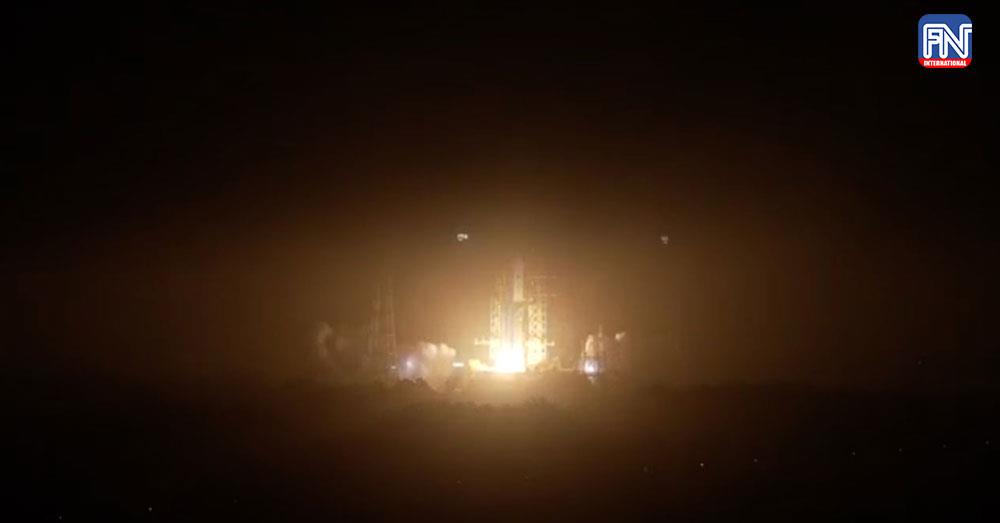BEIJING, May 10 (CGTN) - China launched cargo spacecraft Tianzhou-4 on Tuesday to deliver supplies to its space station, which is scheduled to be completed this year.
Carried by the Long March-7 Y5 rocket, the Tianzhou-4 blasted off from the Wenchang Spacecraft Launch Center on the southern island province of Hainan at 1:56 a.m. (Beijing Time), according to the China Manned Space Agency.
Like previous cargo flights, the Tianzhou-4 carries three categories of supplies, including six-month living supplies for astronauts, spare parts for space station maintenance, and space research equipment.
The Tianzhou-4 will use fast-docking technology, which will take 6.5 hours to dock with the space station, said Li Zhihui, deputy commander of the cargo spacecraft system of the No. 5 Research Institute under the China Aerospace Science and Technology Corporation.
Li explained that after separating from the rocket, the cargo craft will move from the perigee orbit to that of the space station by means of long-range autonomous guidance and near-range autonomous control to achieve fast-docking.
"The long-range autonomous guidance will be realized through an orbital change powered by jet engine, which will take Tianzhou cargo spacecraft from a 200-kilometer-high perigee orbit to a space station orbit at 393 kilometers. Then the cargo craft will enter the phase of autonomous control, where it will dock with the core module after passing through four anchoring points including 5 kilometers, 400 meters, 200 meters and 19 meters away from the space station. The whole process will take 6.5 hours," he said.
Five more space flight missions will be carried out this year to complete the in-orbit construction of China's space station.
The Shenzhou-14 spacecraft will take three astronauts to the space station in June, stationing them in the core module for six months. The Wentian lab module will dock with the Tianhe core module in July, and the Mengtian lab module will be docked with the core module in October to complete the in-orbit construction of a T-shaped space station.





